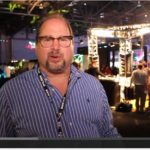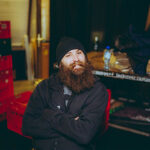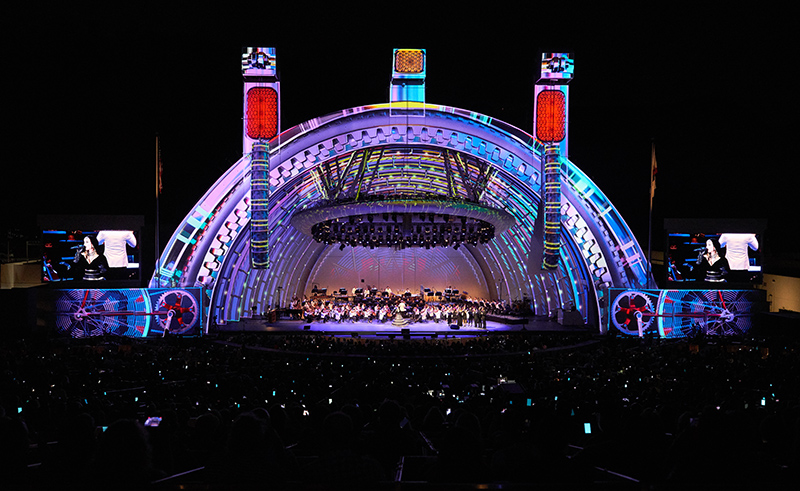
In 2015, a Los Angeles-based lighting supplier was contemplating a merger with two design studios — Tandem Digital Entertainment and V-Squared Labs — with the goal of establishing a new creative division to augment the supplier’s rental division. The merger didn’t come to fruition, but out of that discovery phase, the two prominent founders, Greg Russell and Vello Virkhaus, met and created a professional and personal bond that has developed significantly.
For three years thereafter, the two collaborated under the company’s umbrella moniker ‘Tandem/V-Squared.” In 2018, they merged and formed XiteLabs, based in Calabasas, CA, 30 minutes from Hollywood and Santa Monica, surrounded by picturesque mountains. With a team of 20-30 artists, programmers and technicians, XiteLabs is blazing pathways through myriad forms of experiential art – from permanent installations to one off concert spectacles across the planet.
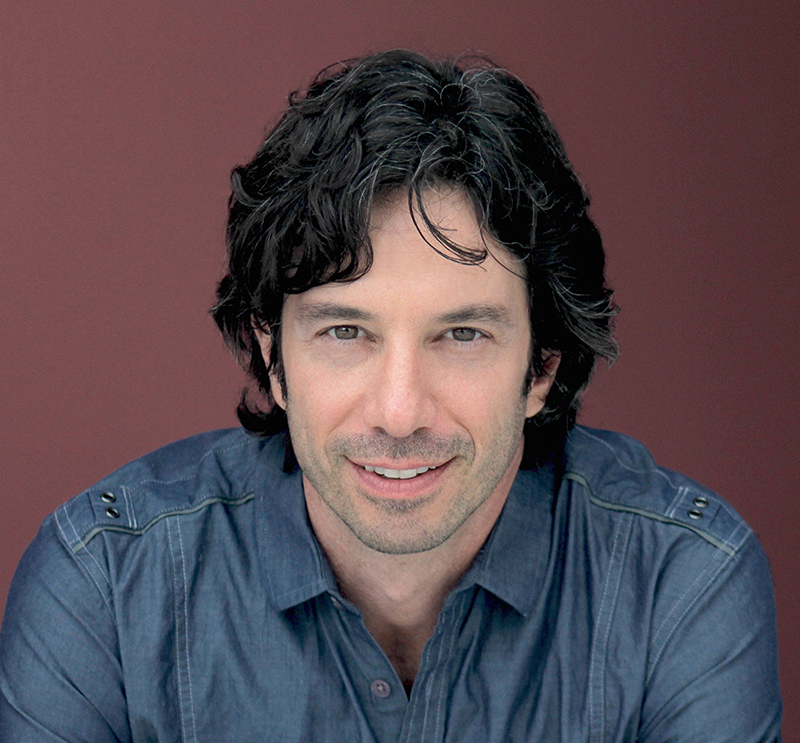
“Though we had both been leading our separate companies successfully for over 15 years, it felt like a magical pairing once we met,” recalls Russell. “We realized that we have significant crossover as well as lots of variety in our respective works of art, and that our personalities and styles are very complementary. An immediate mutual respect led the way for us to do our first projects together. Plus, it was exciting to think about sharing the glory (and lament!) of amazing creative projects (and ridiculous challenges) with a partner! I love music projects and saw an opportunity to work with an artist who I really admire and whose work is edgy and experimental. Notable among the hundreds of professional projects completed by Russell include highly original designs for Psychedelia stars Tame Impala, the progressive band Rush, rock legends Kiss and numerous large-format event content projects for GE, Microsoft, Verizon, Skechers, Live Nation and Disney.
“As we were doing the projects during those seminal three years,” adds Virkhaus, “we realized we could expand the scope of V-Squared’s services — which included production design, interactive and animation services — with more high-end corporate, commercial, and rock and roll capabilities that Tandem had become known for. Tandem also had a great talent roster of directors and content creators under its umbrella. V-Squared was more focused on the music market, live music and the EDM community. Now we can do both high end commercial work and music work effectively, often blending the two disciplines with incredible outcomes.”
Virkhaus has directed some of the most well-known electronica immersive concert visuals and 3D projection mapped experiences of the past decade. Amon Tobin’s ISAM, StarCraft II esports stage at BlizzCon, NBC Heroes at Comic-Con, The Skrillex Cell, The Krewella Volcano, Infected Mushroom Pods and The Datsik Vortex.
Russell formed Tandem Digital in 2000 and became active in film and television visual effects and title design. Tandem became a trusted resource for producers and directors, as well as concert video directors, creating impressive concert animations for rock ‘n’ roll giants.
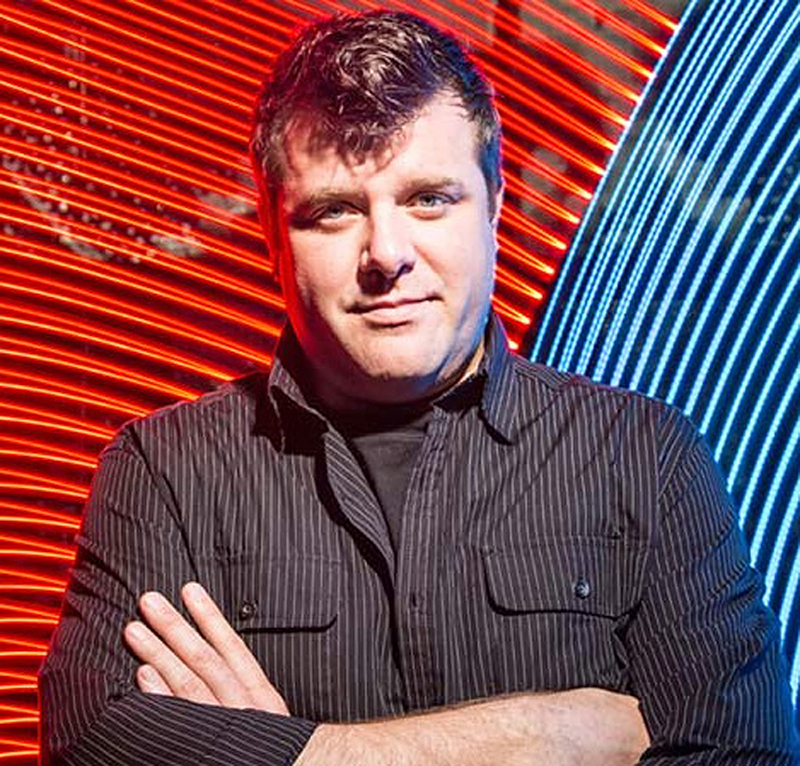
Minds Merge
Wide ranging as their talents are and extraordinary as their visions are capable of being, some disciplinary guidelines had to be established to focus all that energy. “Overall our design philosophy is based on three phases,” begins Virkhaus. “We structure every project this way for our diverse range of corporate event, commercial and music industry clients.”
Phase one is the exploratory, creative phase. The client is involved throughout as the team begins to work with concepts, mood boards, sketches and imagery. They hone in on feel, stories and style.
In phase two, they choose a direction and explore that more deeply. Initial designs move from sketch concepts to the first realization of the vision of the project. Realistic previsualizations come to life, 3D modeled with computer graphics and renderings, which explore all aspects of the story from visual content, lighting and staging integration, animation and programming to live operation aspects.
“At this point, the client makes final decisions and we move to phase three — production and delivery” says Virkhaus. “This is where we begin to build and implement, perform, deliver and do whatever it takes.” Fabrication, producing build sheets, supervising animators and delivering final content, often culminate in a live performance by our programming and VJ teams. We make sure we are hitting all the categories of delivery.”
Given the evolving nature of their work there is often discovery during the project lifecycle, and the constant challenge to be nimble and fluid at all times.
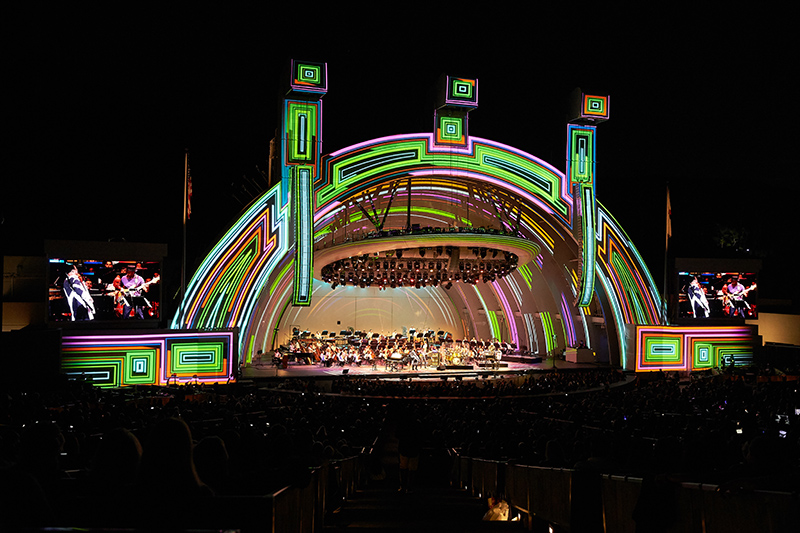
Philosophy and Influences
Virkhaus has a strong background in abstract art thanks to his grandfather, Dord Fitz, who owned an art gallery in Amarillo Texas. Fitz was also an artist and collector of some of the most influential modern artists like Willem de Kooning, Larry Bell and Louise Nevelson. When he passed, he left much of the collection to Texas and Oklahoma art museums and universities. “He was my early inspiration to be an artist, a mentor who encouraged me to explore a wide variety of artistic mediums,” Virkhaus recalls. But more than a love of art, his grandfather left him with a deep feeling for Virkhaus’ own value as an artist.
“My grandfather would say, ‘The cosmic broadcast is always on, revealing all knowledge and wisdom. How much we see, hear and feel is determined by our personal gravity.’ “That really affected me and speaks to how I create art today. It’s important to note that I deeply feel that the visual art we are creating at XiteLabs takes its place among all forms of art. It’s a big reason why I was so blown away the first time I saw the work of Nam June Paik, one of the early founders of video art, who coined the term ‘electronic superhighway.’ That this video animation could be seen as an art form, and be shown in the most esteemed fine arts museums was unbelievable and amazing to me. Being an artist working in this medium, I actively and continually push for it to be recognized, celebrated and promoted today.”
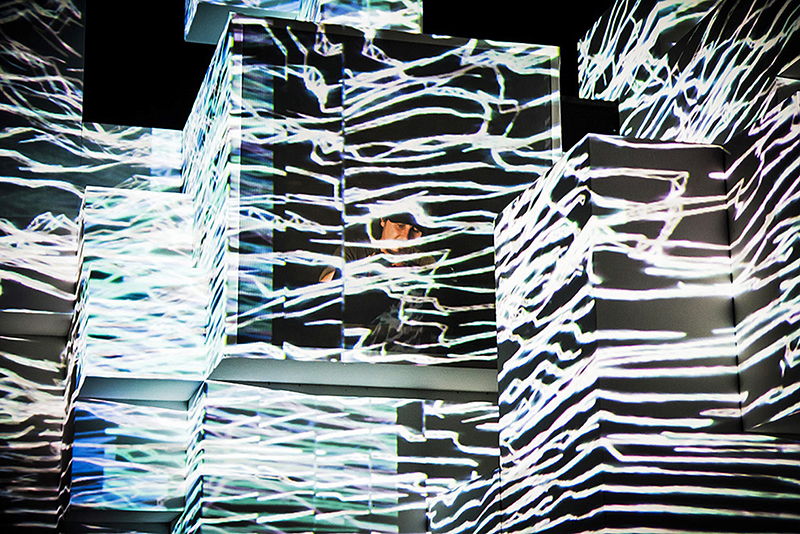
On the topic of influences and approach, Russell says, “My philosophy is to strike that perfect balance between client expectations and our own desire to create novel memories for visitors to our experiences. Using new technologies, and combining those technologies, whether they are software or hardware elements…that is compelling for us. However, we strive to have a strong concept and intention before we dig into the toolset, so the resultant work is more about the effect on synapses than it is about how we use technology.
“My influences are primarily musicians, rather than visual artists,” Russell continues. “I majored in Neuroscience in college, and I don’t have a traditional visual arts background, though my early work at Sony Music’s Art Department exposed me to lots of strong design styles related to music. Having also studied music in college and being a lifelong multi-instrumentalist, I developed a keen visual sense through years of playing and studying visually intense music. Musicians like Rush, Animals as Leaders, Miles Davis, and Jean-Luc Ponty; they create patterns and tonalities that get my neurons going, connecting visual context through musical patterns. As a result I tend to pay a lot of attention to the pace, action, and my imagined palette in projects to get them moving in a direction that excites me. Visual art is inseparable from auditory art. I hear visuals and see music.
“Ultimately the real-time creations we do in Notch and Touch Designer,” says Russell, “provide a direct channel to the musician’s performance, and tie that musical expression straight into the visual presentation. But this applies to more than music. It also applies to kinetic performers and user interaction.”
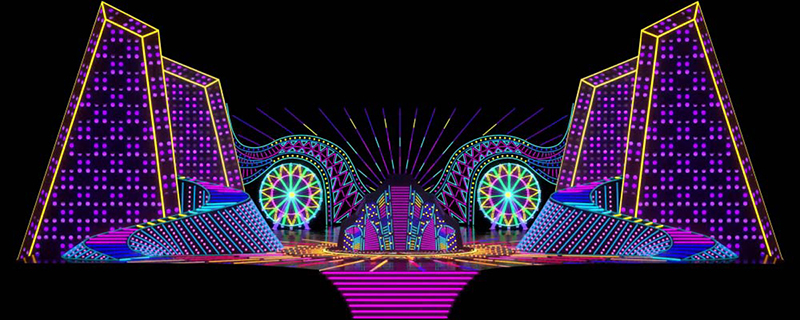
Out of the Gate and Into the Stratosphere
Upon launching the merged company in late 2018, the Los Angeles Philharmonic asked XiteLabs to create the entire visual experience for its 100th Anniversary Concert and musical celebration at the iconic Hollywood Bowl last fall.
Russell recounts, “During Katy Perry’s orchestral rendition of ‘Firework,’ we used the trio of Touch Designer, Notch and the Microsoft Kinect to capture the movement of conductor Gustavo Dudamel’s hands, essentially making his hand movements conduct the real-time colorful particle strands we designed to play across the facade of the entire Hollywood Bowl. To further expand the overall real time interaction; we programmed the visual art elements to be modulated by the orchestra’s audio performance — what we call ‘audio reactive visual art.’”
Another highlight of that memorable evening was transforming the Hollywood Bowl into a reconfigured Millennium Falcon during John Williams’ Star Wars performance. Here, too, XiteLabs used a mix of rendered CGI content and real time visuals, paired with live audio-reactive visuals.
“We performed live with the orchestra during Katy Perry’s and Herbie Hancock’s performances, controlling multiple parameters of our visual art to match moments in the music using MIDI keyboards and iPad controllers running OSC (Open Sound Control) control parameters,” recalls Russell. “Since the show was wild (no timecode), our live performance capabilities enabled us to really make the visual art pair with the live feel of the orchestra.”

Getting Good with Bad Bunny
Most recently, XiteLabs created all-original content and notch effects for Reggaeton superstar Bad Bunny and his 360-degree arena tour, which kicked off this spring and is continuing through the fall and into 2020. The New York Times’ April 29 review of the show staged at Madison Square Garden on April 27 noted the impressive visuals; here’s an excerpt:
“Every song Bad Bunny performed at Madison Square Garden Saturday night came paired with its own specific, vivid, elaborate graphics. The visuals took over screens that hovered above the arena floor and the cross-shaped stage, which was a huge screen itself, giving the effect that the rapper was swimming in a pool of his own creation, a video-game protagonist sprouting out of pixels and into real life.”
As part of Bad Bunny’s tour-within-a-tour, the artist played Coachella’s main stage, and XiteLabs created a custom one-off giant LED/lighted acrylic eye based on the artists’ signature eye icon. In dramatic fashion, the artist made his stage entrance through a central rotating LED Iris in the set piece.
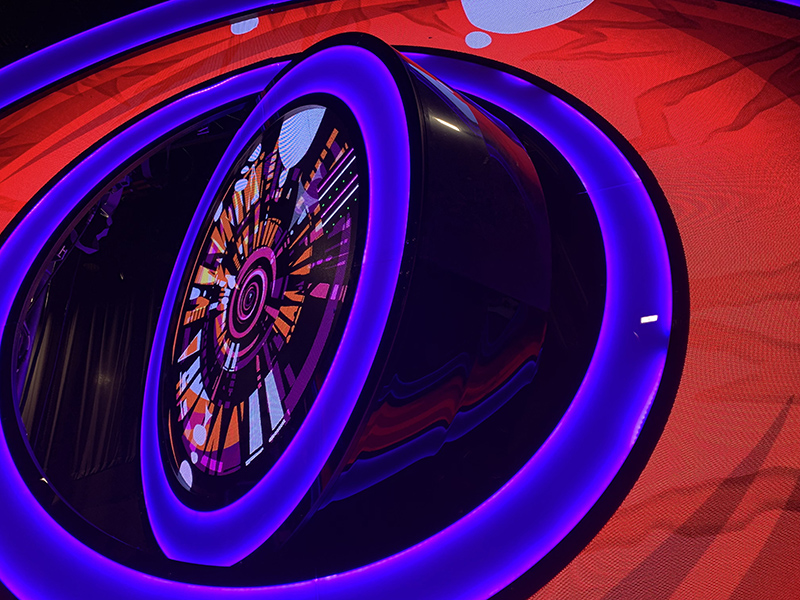
Designed in sketch form by Virkhaus, with notch programming by XiteLabs’ Tanner Thompson, and Resolume operation by Ivan Ceron, the set piece was engineered and built in-house at XiteLabs studio by creative technologist Matt Guertin. LED tiles from PRG were dismantled into smaller component modules, custom configured and re-wired by Guertin at XiteLabs to create smaller radius circular elements to create the smooth edges of the eye. Guertin designed and engineered 420 metal parts cut out of eight different types of material, as well as 268 individual acrylic pieces from six different materials. The estimated total number of soldering points was in the 2,000 range.
“A couple things on Bad Bunny were new and interesting,” points out Virkhaus referring to their use of Resolume to send OSC data back to Notch and integrate the two pieces of software through NDI video transmission. “The second time we ran the two programs concurrently on the same GPU. We linked them up so we could run everything from Resolume from one MIDI control surface.”

In the Not-Too-Distant Future
As this article went to press, Russell was overseas developing another exciting project for XiteLabs, which includes a monumental 1,000-foot-wide projection show on an ancient city’s walls. Since the beginning of the year, they’ve been working on a high-end visual art piece with ANC/Learfield Venue Solutions for the JP Morgan Chase flagship in Manhattan. And there will be more Bad Bunny production design and performance work to supplement the artist’s fervent and growing fan base. In addition, XiteLabs is also developing several sporting-arena media projects in conjunction with partners and directly with venues. These shows will integrate projection mapping as well as Augmented Reality (AR) components, bringing sporting venues to life in larger-than-life ways.
There are experimental projects in the works as well, true to the underlying science-meets-art nature of the founders. A sneak peek at their original lighted LED drum set sculpture, part of a project called “LiteBeats” can be seen at plsn.me/LiteBeats.
According to Virkhaus, “XiteLabs will continue to expand operations. Our goal is to be known as artists working at the forefront of this new realm of experiential visual art. We want to break new ground and always find the intersection of art and technology in application to entertainment and public arts.”
For more information visit www.xitelabs.com.
